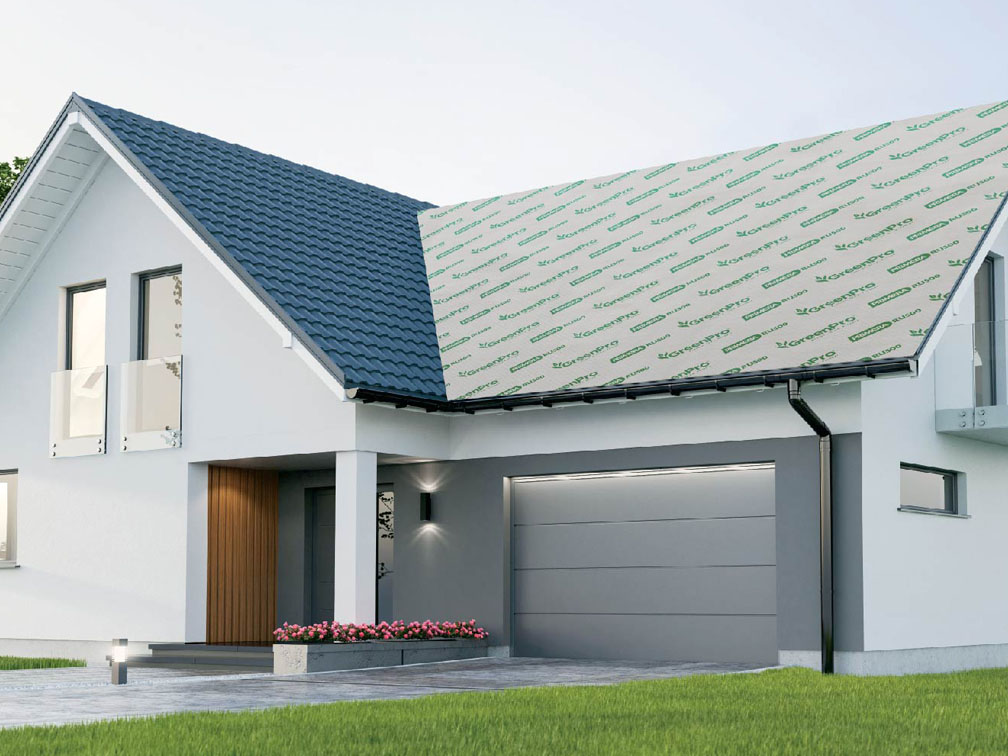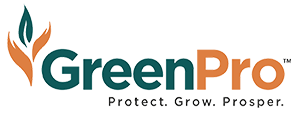Pros and Cons of Utilizing Synthetic Roof Underlayment

Picture this: a durable shield beneath your roof that’s lighter, stronger, and more efficient than traditional felt paper. Welcome to the world of Synthetic Roof Underlayment—a game-changer in the roofing industry. Let us take a closer look at the pros and cons of synthetic roof underlayment, shedding light on why it’s gaining traction among homeowners and roofing professionals.
Pros of Synthetic Roof Underlayment
- Durability: Synthetic underlayment is built to withstand the harshest of weather conditions. It doesn’t tear or break down over time, offering long-lasting protection against rain, snow, and UV rays.
- Lightweight: Compared to traditional felt paper, synthetic underlayment is remarkably light. This makes it easier to handle during installation and puts less stress on the roof’s structure.
- Water Resistance: Synthetic underlayment is designed to be virtually waterproof, preventing moisture infiltration and rot, a common issue with felt paper.
- Traction: Its textured surface provides superior traction for roofers during installation, reducing the risk of accidents on steep-sloped roofs.
- Versatility: It works well with various roofing materials, including asphalt shingles, metal, and tile, making it a versatile choice for different roofing projects.
- UV Resistance: Synthetic underlayment is UV-resistant, ensuring it won’t degrade when exposed to sunlight.
Cons of Synthetic Roof Underlayment
- Cost: While synthetic roof underlayment offers numerous benefits, it can be more expensive upfront than traditional felt paper. However, its long-term durability can offset this cost.
- Environmental Impact: Some synthetic underlayment materials may not be eco-friendly. It’s essential to research and choose options that align with sustainable practices.
- Installation Skill: Proper installation of synthetic underlayment requires skill and attention to detail. It may be more challenging for DIY enthusiasts and require professional installation.
- Puncture Risk: Despite its durability, synthetic underlayment can be more susceptible to punctures during installation if not handled carefully.
- Moisture Trapping: In rare cases, synthetic underlayment may trap moisture underneath if not adequately ventilated, potentially causing mold or rot issues.
Choosing the Right Synthetic Underlayment
Consider your specific roofing needs, budget, and environmental concerns. Seek advice from roofing professionals and select a product that meets your short-term and long-term requirements.
Bottom Line
Synthetic Roof Underlayment has revolutionized the roofing industry with its durability, lightweight nature, and exceptional water resistance. While it has a few drawbacks, its advantages often outweigh the cons. As roofing technology advances, synthetic underlayment is becoming a go-to choice for those seeking superior protection for their homes.
Why choose GreenPro Ventures
Ready to experience the benefits of Synthetic Roof Underlayment for yourself? Contact GreenPro Ventures today for expert advice and a free consultation. Let us help you protect your home with the latest innovations in roofing technology!
